Did you know that the Soviet Union was the first to establish any sort of Geologists’ Day, in 1966? While it’s only an official holiday in former Soviet territories, there’s never a bad excuse to dip into this fascinating field. Start off by walking and listening to Geology (Complete-#132, 5-#74, STEM-#15), and turn this topic into a full day of earth science fun this month!
Why Study Rocks?
It wasn’t much more than 200 years ago that one of the biggest sources for the earth’s structure was scripture! James Hutton, in the early 18th century, is considered the founder of modern geology. Interested to know more? The American Museum of Natural History has an article for you! Students may be interested to note that his “Great Geological Cycle” sounds a lot like our modern rock cycle!
Another major contributor to modern geology was Alfred Wegener, first to suggest continental drift! Continental Divide (Complete-#135, 5-#30, STEM-#22) is a great podcast to start a discussion around this topic! While plate tectonics may seem obvious today, back in the 1910s it was a ridiculous suggestion. Students can learn more about continental drift with this National Geographic slideshow.
Daunted? Don’t be! There are plenty of fun ways for students to delve in!
Round out your Rock Resources!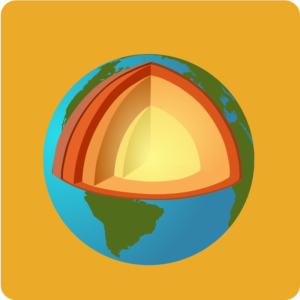
Curious about the role of rocks? Take a listen to Rocks of the Earth’s Crust (Complete-#134, 4-#75, STEM-#17) and Layers of the Earth (Complete-#133, 4-#74, STEM-#16) to learn more!
PBS provides a great set of resources on earth science. For an in-depth look at how the rock cycle can be seen in the world around, look no further. Have your students read an article on the rocks of the Grand Canyon, or view a video on Hawaii’s igneous landscape!
Looking for some literary links? Check out a handful of geology books! Between handy pocket guides and interesting dives into history, no little geologist will go unsatisfied.
Geology Rocks!
If Hutton’s “Great Geological Cycle” is the history of the earth, then every rock is a piece of its autobiography! Looking into local geological history or not, a rock scavenger hunt can be a fun activity for students! Try one from the U. S. Geological Service, or one from the Urban Ecology Center!
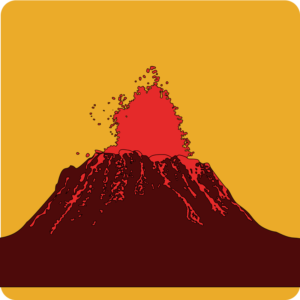 Interested in some hands-on activities? Invite students to get a look (and a taste) with the Chocolate Rock Cycle! The Geological Society has loads of other fun experiments to choose from. Then, take core samples of candy bars with this activity from ScienceBuddies! For something a bit more ‘explosive’, try the classic baking soda and vinegar volcano!
Interested in some hands-on activities? Invite students to get a look (and a taste) with the Chocolate Rock Cycle! The Geological Society has loads of other fun experiments to choose from. Then, take core samples of candy bars with this activity from ScienceBuddies! For something a bit more ‘explosive’, try the classic baking soda and vinegar volcano!
For more on volcanoes (and mountains!), look no further! Start off with The Walking Classroom’s Mountains (Complete-#136, 4-#77, STEM-#21) and/or Volcanoes (Complete-#138, 4-#76, STEM-#19). Then, review this article from National Geographic and the National Park Service article on mountains! Or have your students read up on some of the other effects of plate tectonics! It may be the most ground-shaking thing students learn all week, so here’s another resource for interested kids.
Only one thing is missing for your little earthquake experts! Students can even build their own seismographs with this ScienceBuddies activity! Learn about other timely topics and be on the lookout for more ideas in future posts.


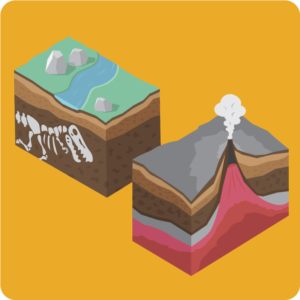
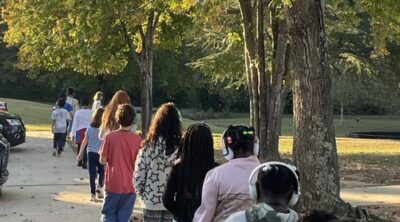
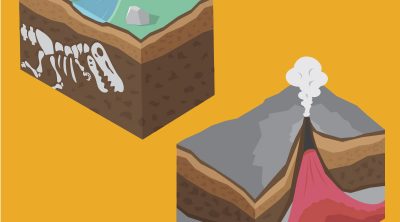
Leave a Reply